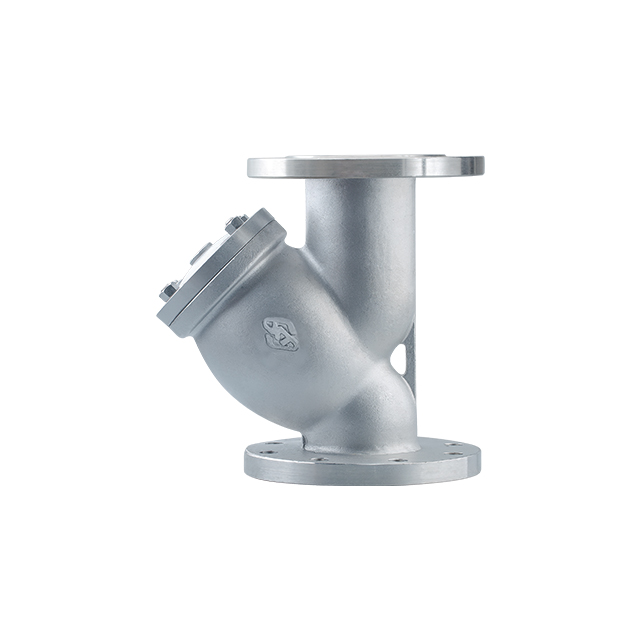Table of Contents
ToggleIf you’re curious about how a Y strainer works, you’ve come to the right place. This article will answer your burning question – how does a Y strainer work? A Y strainer is an excellent tool for removing sediment from liquids. However, before you start putting your money into one, consider a few tips that can make the process go much smoother. In particular, you should pay attention to the size of the mesh filter. Usually, the mesh filter is sized by micron. Micron stands for micrometer, which is one-thousandth of a millimeter.
The main feature of a Y strainer is its mesh, which traps impurities. Essentially, the mesh prevents the liquid from flowing out of the strainer, keeping it clean. It also protects the main system parts from contamination. A Y strainer can withstand pressures of up to 6,000 psi, so it’s ideal for high-velocity systems. Whether you’re putting it in a sink or a dishwasher, the result will be a cleaner product.
How Does a Y Strainer Work?
A Y strainer is a type of filter that separates debris at a level determined by the openings of the elements. The separated material is retained within the element chamber until it is cleaned. In addition to this, a valve that is attached to the cover of the element opens in response to the differential pressure between the process fluid and the atmosphere. These filters can be installed vertically within a section of piping if the flow is downward.
A Y-strainer filters out mechanical impurities in a medium. They can filter out even the tiniest of solids. This feature also protects the pipes of equipment against abrasion and malfunction. The Y-strainer is made up of two ends, with one allowing liquid to pass and the other containing waste. Water that is to be treated enters through the inlet while impurities are trapped on the stainless steel screen, generating a pressure difference.
In determining the size of the Y strainer, start by comparing the Cv value, which represents the entire design of the strainer. The length of the element chamber should be appropriate for the application, as shorter ones will reduce material usage while maximizing performance. The right one will meet your needs for its function and be more affordable than its counterparts.
The Working Principle of a Y Strainer
It works by catching impurities in the liquid, blocking them from flowing through the mesh, and preventing them from reentering the system. It protects the main components of a system by preventing the impurities from reaching the parts that need filtration. A Y strainer works in high-velocity systems and is capable of withstanding pressures of up to 6,000 psi.
Cleaning a Y strainer requires a small amount of time. Cleaning the device requires the removal of the Y strainer cover plate, which must be removed to clean it. To reassemble the device, follow the reverse disassembly process. Y strainers usually come with a variety of different types of seals. The most common type is PTFE, which is suitable for both high and low temperatures. Other types of seals include Fluoro Rubber Seal, which is also known as FPM or FKM, and










